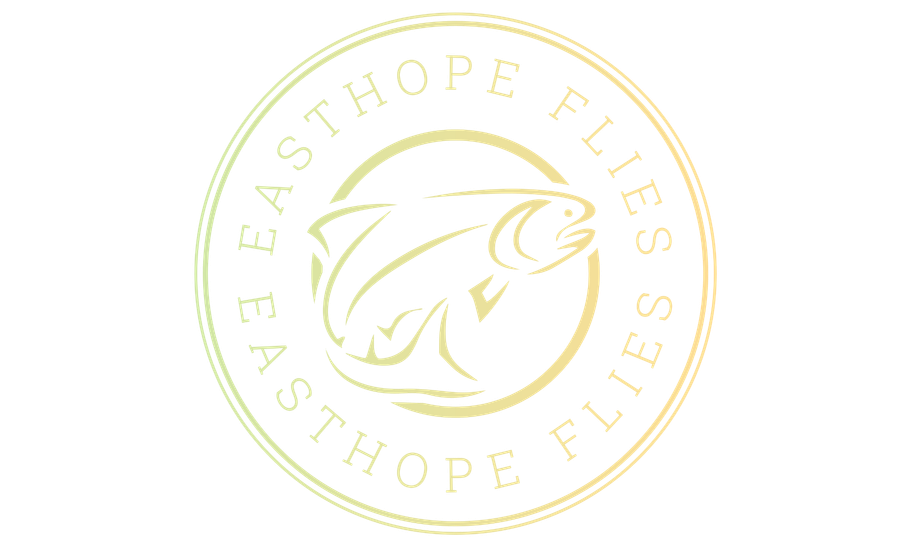Eastie's Sedge-wing
Why do we need another sedge pattern?
There are lots of sedge patterns out there, and tiers go to great lengths to find new materials to use in these flies.
Each of these sedge patterns attempt to address the same problem, which is to find a way to mimic the profile of a sedge wing, while ensuring the hook is not overdressed or over heavy.
The Elk Hair Caddis, Sedge Hog, Goddard's Sedge and CDC bubble sedge are all examples of this. and have proved their place in the fly angler's dry fly box.
What is also apparent is the lack of patterns that rely solely on a cock hackle to represent this dry fly, when the opposite is true with upwings.
This is attributed to all the hackling techniques used in other flies being unsuitable for sedge imitations
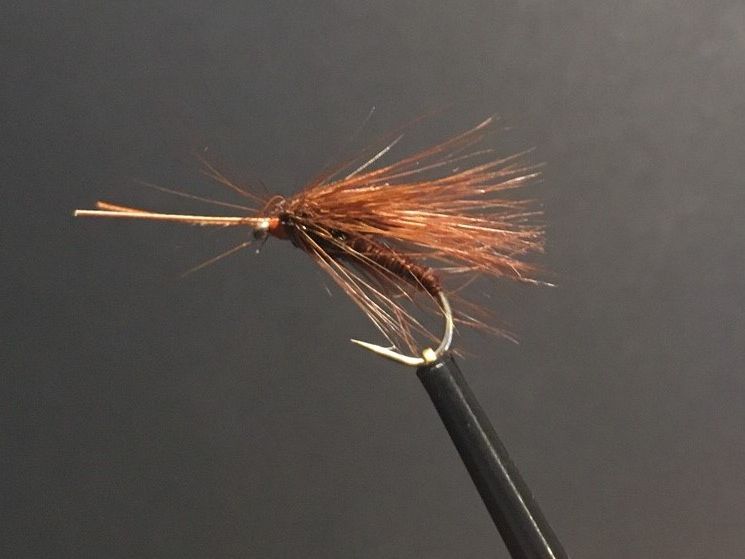
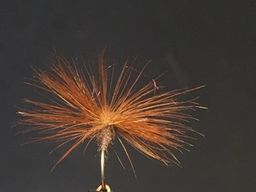
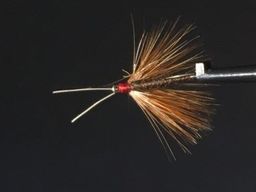
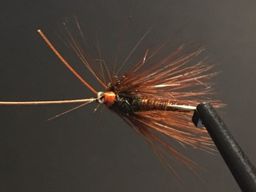
Eastie's Sedge-Wing
The fly that ticks all the design boxes
- In its simplest form only relies on 2 materials for the whole fly, making representations of smaller sedges a lot easier
- The wing does not affect the representation of the body, meaning both can be made separately to more accurately replicate the natural fly.
- Not only does the hackle perform the job of keeping the fly above the surface film, it also provides a trigger for the size and shape of the natural fly's wing
- Cock Hackles are a favourite natural material for dry flies because of their qualities. Now there is a Sedge pattern that uses this material exclusively, it is bound to have its followers.
- Endless possibilities, being such a basic pattern there is definitely scope to improve this fly by adding more materials making it perfect for any situation
Too good to Ignore
The discipline might be different but the appeal is the same
- The Salmon Fly
The salmon Fly has evolved over time, the classics, very ornate and fancy flies have been overtaken in practical terms by the hair wing. The hair wing being a much more mobile, robust and easier fly to make
- The Sea Trout Fly
Generally smaller than the salmon fly and not quite as ornate, the materials in these flies has also evolved in time to reflect the changes in salmon fly production
- The Pike Fly
Not steeped in the same history as salmon and seatrout as far as fly fishing is concerned, but certainly has gained a modern following. Pike flies benefited from a blank canvass when being created and as such have a very varied base of unique, successful patterns using modern materials.
So how does this all get affected by the Eastie's Sedge wing technique?
We're not interested in its ability to mimic a sedge that's for sure, we are appealing to the aggressive and predatory instincts when fishing for these species. We are not particularly interested in its potential to float either, although in some scenarios it could be an advantage.
The huge advantage to this technique for this quarry is the ability to use larger colourful hen hackles that have an amazing mobility in the water, and being able to stack these in turn giving clear boundaries to a multi-coloured wing
The other advantage is that the materials are not self limiting like the others. If a size 22 can be dressed easily with a Eastie's sedge wing then we should be able to cover all possible eventualities for these species.
Does the thought of fishing with super elegant flies for that fish of a lifetime appeal?
This could be the perfect compromise between elegance and practicality as essentially there is no compromise, especially as you lose none of the benefits of the more modern flies!!
365.000 €
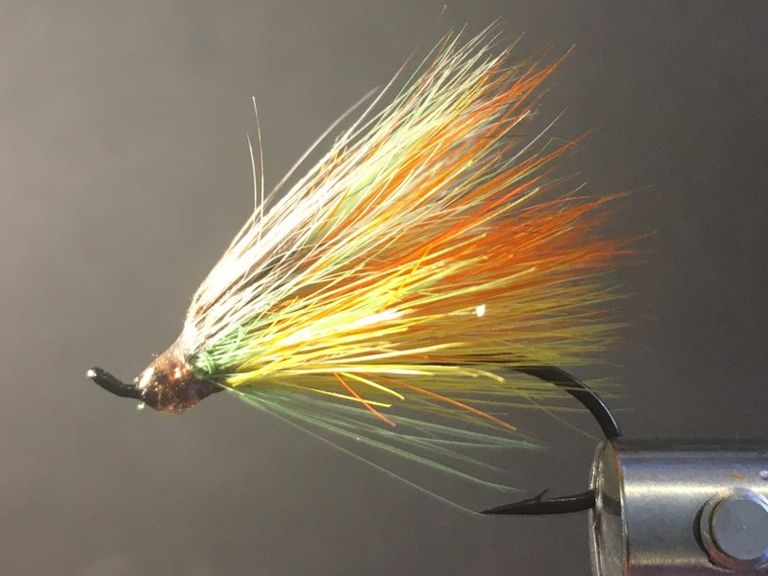
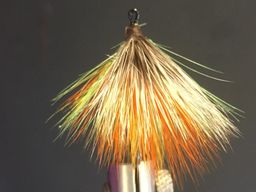
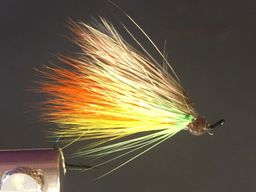
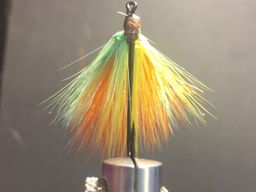
For Further information regarding the vice that Simon Uses, and for where to puchase one click Here
© Copyright. All rights reserved.
We need your consent to load the translations
We use a third-party service to translate the website content that may collect data about your activity. Please review the details in the privacy policy and accept the service to view the translations.
